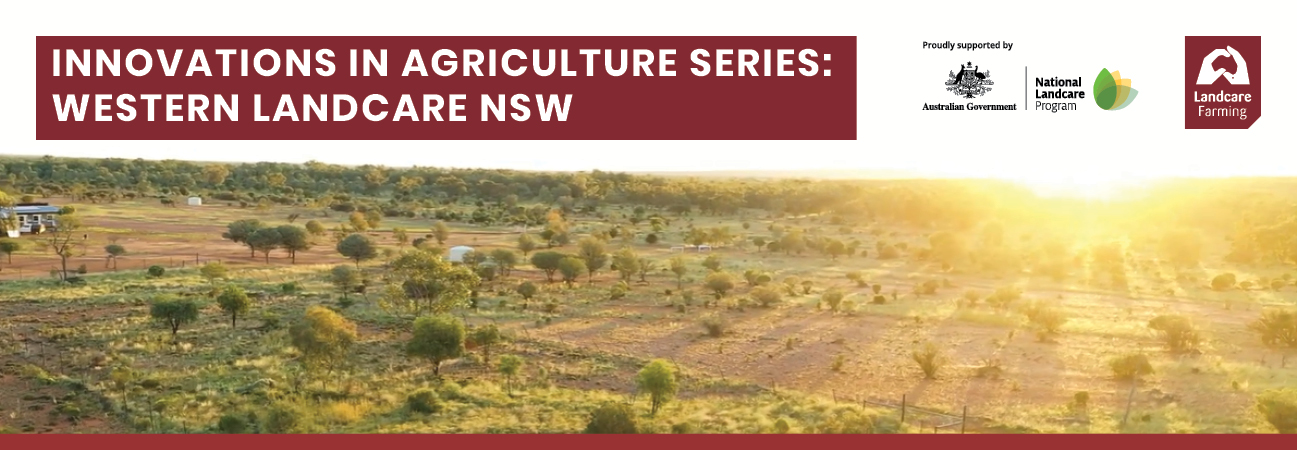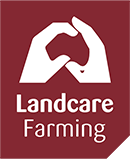
Landscape Restoration Through Seed Nurseries
Goodwood Station’s Louise Turner is addressing historic land degradation on her 90,000-acre property near White Cliffs in western NSW with the help of seed nurseries.
The property has been in her husband, Zane’s, family for 72 years and, like much of the surrounding area, has suffered from overgrazing.
“There was a lack of knowledge about how to graze it,” Louise said.
“No one really understood the landscape at the time because it’s very different on the western side of the Great Diving Range.”
The resulting lack of vegetation led to a range of issues, including erosion and dust storms exacerbated by ongoing drought. But Louise says with new best-practice information, they have been able to take significant steps to improve land management in their Merino/Dohne ewe flock (wool & meat production) business.
“Now we actually have knowledge, we have the power to make change. We have the technology to communicate with each more easily and to take on new things that give our kids a better chance of being able to do better again in the future,” she said.
Louise has taken a Landcare-led approach to restoring Goodwood Station, using seed nurseries as a method of improving environmental condition. By fencing off one-hectare sections of her property using 2.1m high animal proof exclusion fencing, she has created a number of seed nurseries where locally native plants, such as Speargrass (Austrostipa sp.), Wiregrass (Aristida sp.) and Lantern Bush (Abutilon sp.) can thrive.
Already there is an abundance of native seed, which Louise has used for propagation and creating native groundcover through both direct planting and natural dispersion from the seed nurseries themselves.
“Groundcover is what retains the soil structure and the soil profile,” Louise said.
“As the land dries up you’ve still got something there to hold the soil together so the soil isn’t blown away.”
While Louise recognises the significant financial commitment required establish a seed nursery (up to $6,500), she believes the benefits outweigh the costs.
Not only has the groundcover allowed her to sustainably graze stock and maintain habitat for native animals, it has helped drought-proof the property by improving the soil’s ability to capture and absorb rainfall, protect available moisture from evaporation and boost soil nutrient retention.
The positive impact of Louise’s seed nurseries has led to neighbouring landholders expressing interest in creating seed nurseries of their own.
“It’s a concept that’s growing, and more and more people in the region want to put seed nurseries in,” Louise said.
“They can see this aspect of land management is going to have a big impact on the paddock or the landscape that it’s part of.”
Western Landcare NSW are proud to manage and promote innovative projects like these seed nurseries to support sustainable grazing enterprises and provide a head-start on germination after drought, and preserve biodiversity and pasture complexity.
To find out more about seed nurseries contact Louise Turner at Western Landcare NSW at [email protected], visit the National Landcare Directory or get in touch with your local State or Territory Landcare Organisation.
This case study was produced as part of the Landcare Farming Innovations in Agriculture Series. Supported by the Australian Government’s National Landcare Program, the Landcare Farming Innovations in Agriculture Series is managed in partnership by Landcare Australia and the National Landcare Network.



